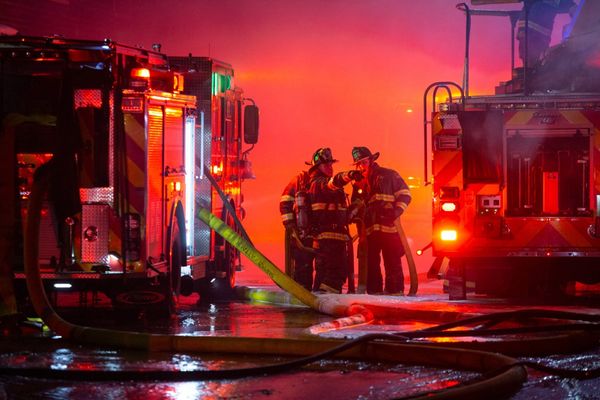As of 2020, more than 15% of Hispanic, Black and American Indian people report being in fair or poor health[1], according to data from the National Center for Health Statistics.
Data shows those groups have either lower life expectancy or higher rates of specific health problems compared to other race or ethnicity groups.
In 2020, Black Americans had the lowest life expectancy. American Indians or Alaska Natives had the highest rate of depression at nearly 27%. Kidney disease was the most prevalent in the Hispanic population at 4%.
Government data and surveys show that healthcare is less accessible for these groups, which partially explains these higher rates of health conditions and reports of fair or poor health.
Cost is a barrier to healthcare for some groups more than others.
About 9.5% of Hispanic Americans didn’t receive necessary medical care due to cost, the highest for any racial or ethnic group. In comparison, about 3.5% of Asians in the US didn’t get necessary healthcare for cost reasons, the lowest level of any group.
More than 10% of Hispanic, Black, or American Indian or Alaska Native people took prescription medications at a different rate than prescribed to save money. This could include taking lower doses or taking medication at wider intervals, all of which can have a negative impact on health.
Does health insurance coverage differ between racial and ethnic groups?
Health insurance can help reduce expenses for everyday medications and limit the burden of expensive services like surgeries.
Historically, health insurance coverage rates[2] differ broadly by race and ethnicity. Since 2017, Hispanic individuals had a lower insured rate than any other group. In 2020, 81.7% of Hispanic people had health insurance, down from about 84% in 2015.
For nonelderly[3] adults, about 4.2% of Asian Americans and 7.6% of white Americans were uninsured for more than a year as of 2020. This is compared with 12.3% of American Indian and Native Alaskan people and 21.3% of Hispanic people, the two groups with the highest uninsured rates.
How does the ability to take sick days impact healthcare access?
The ability to take time off work to see a doctor or get needed medical care is a key part of healthcare access. If someone needs surgery, it can take days or even months to recover. So when employers provide paid sick leave, it makes it easier for workers to access healthcare.
Nearly half of Hispanic wage earners did not have access to paid sick leave as of 2017, the lowest of any race or ethnicity group. On the other end of the scale, close to three-quarters of Asian wage workers could take paid sick leave.
Do racial and ethnic groups differ in their use of usual sources of healthcare?
According to the CDC, preventative care can have profound impacts on health outcomes and life expectancy. How frequently people get this critical care differs greatly by race and ethnicity.
Older data from 2016 shows about 69% of Hispanic Americans have a primary care provider[4], the lowest of any race or ethnic group. Between 71% and 73% of Black, American Indian and Asian Americans have a primary care provider. Native Hawaiians have the highest percentage at about 82%.
Another measure of whether someone is receiving the necessary preventative care is whether they received the annual flu vaccine.
A majority of white and Asian adults received the flu vaccine in 2020, but less than half of all adults were vaccinated in every other racial or ethnic group. Vaccination rates ranged from about 69% for Asian children to about 48.3% for American Indian or Alaska Native children.
[1] Survey respondents were asked if they would say their health was in general excellent, very good, good, fair, or poor.
[2] A person is defined as uninsured if they did not have any private health insurance, Medicare, Medicaid, Children's Health Insurance Program (CHIP), state-sponsored or other government-sponsored health plan, or military plan. A person was also defined as uninsured if they had only Indian Health Service coverage or had only a private plan that paid for one type of service, such as dental or vision care.
[3] Nonelderly adults are defined as people ages 18 to 64.
[4] A usual primary care provider is a particular doctor’s office, health center, or other place that a person usually goes to if sick or needing advice about health; for new health problems; for preventive health care, such as general check-ups, examinations, and immunizations; and for referrals to other health professionals when needed.







